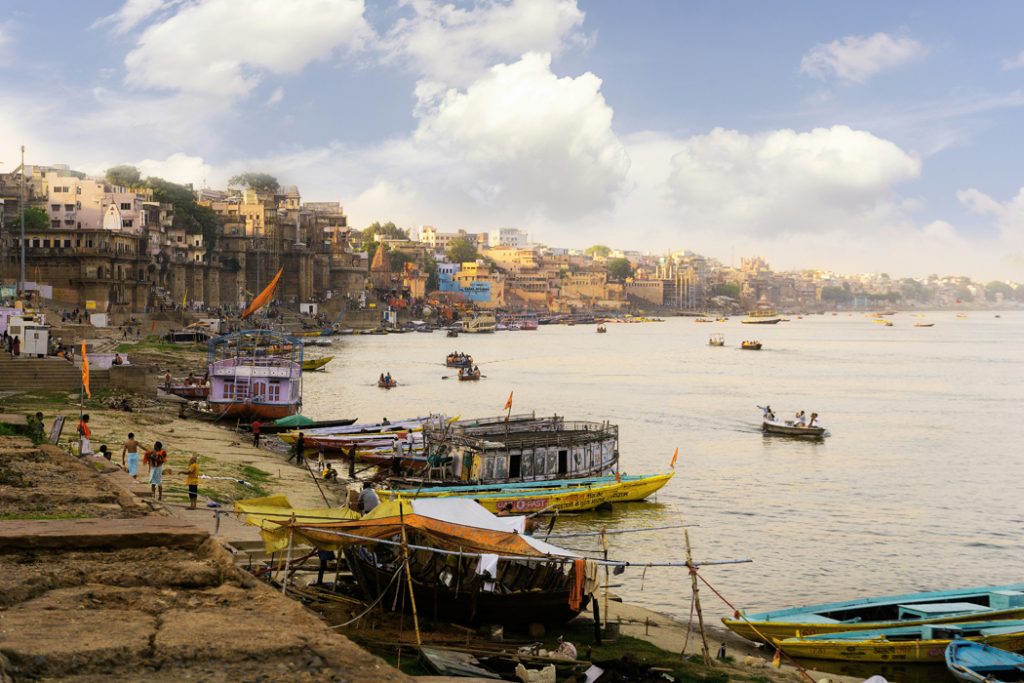
In 2017, several rivers sought and gained personhood. If you had to reread that last sentence, be assured that your eyes aren’t deceiving you. The Ganga and Yamuna rivers in India as well as the Whanganui River in New Zealand now effectively have the same legal rights as human beings, and could even in principle file lawsuits.1
These are just a few examples of where the broader “Rights of Nature” movement has taken hold and raised important questions about how we relate to the natural world. After all, how should our legal, political, and economic institutions regard the natural environment? As our planetary crisis lingers on, this is increasingly becoming a consequential question for setting the ground rules of sustainable societies. This month, we will compare and contrast attempts to categorize nature as an economic resource, a constitutional right, and a legal person.
Historically, industrialized nations have enjoyed many benefits from Mother Nature without giving anything in return. We don’t compensate animals for habitat loss or ecosystems for mass extinctions. We don’t even compensate other humans for the full effects of pollution and carbon emissions. For this reason, some have proposed that ecosystem services need to be explicitly priced in order to be fairly accounted for in economic decisions.
This approach, called “ecosystem services valuation,” has produced estimates that humans receive an average of $33 trillion in ecosystem services annually2—nearly double the world’s gross national product. This includes food pollination, water purification, carbon sequestration, flood regulation, and countless other services—all gifted to us by Mother Nature.
While this type of economic framing can allow us to quantify and account for the benefits we derive from the environment, ecosystem services valuation has its host of critics.
One concern is that this approach is overly human-centric and, if it were used to inform conservation or climate policy, might fail to protect species and ecosystems simply because they don’t benefit humans economically. It also runs the risk of nature commodification, whereby ecosystems are seen as resources for extraction rather than living organisms deserving of moral recognition. Is there a way that our institutions can recognize the economic value of ecosystem services while supporting healthy relationships with the natural world?
One way to protect our relationship with nature is to enshrine it as a fundamental human right. In 2022, the U.S. and a majority of other United Nations member states constitutionally recognized the right to live in a clean, healthy, and sustainable environment.3 This includes rights to clean air, healthy ecosystems, water access, sustainable food sources, and more. It’s a great first step, and many are successfully keeping their governments accountable in court.4
Though protecting the natural environment through human rights shows promise, it still imposes a human-centric view of our relationship to nature that is one directional (e.g., we will protect nature only so far as it supports human well-being). Yet indigenous cultures around the world have always asserted that nature should have innate rights and moral standing.5
Enter: the “Rights of Nature” movement. In 2008, Ecuador made history as the first country to constitutionally enforce the Rights of Nature, known to Ecuadorians as the Rights of Pachamama (Mother Earth). In the years following, countries and communities around the world have come forward to grant personhood to important ecosystems and organisms alike. Many of these efforts have been especially championed by indigenous peoples across Bolivia, Kenya, New Zealand, and several other nations. All over the world, legal rights and even official guardians are now protecting the interests of nature, including rivers, wild rice, and salmon, to name a few recent examples.5 The contexts of these cases vary, but each is unified with an understanding that non-human organisms and ecosystems are innately deserving of health, prosperity, and moral standing.
Our legal, political, and economic institutions both reflect and influence the way we view and relate to the world. Just as the civil rights movements have expanded the scope of who receives rights and respect in society, the recognition of nature’s rights represents a crucial step in redefining our relationship with other living beings.
We cannot continue a one-sided relationship with nature. With less than a quarter of land-based wilderness left6 and a looming environmental crisis, if we are to truly protect the interests of humanity, we must protect the lives of those with whom we share this planet.
For more information, email MappingTheGreen @gmail.com.
- Tanasescu, M., (2017), Rivers get human rights: They can sue to protect themselves, Scientific American
- Costanza, R., et al., (1997), The value of the world’s ecosystem services and natural capital, Nature 387, 253–260
- Special rapporteur on human rights and the environment, The Office of the High Commissioner for Human Rights
- Timperley, J., (2023), Do people yet to be born have climate change rights? BBC News
- Bunten, A., (2022), Defending the Indigenous Rights of Nature, National Museum of the American Indian Magazine
- James E. M. Watson, et al., (2018), Protect the last of the wild, Nature
